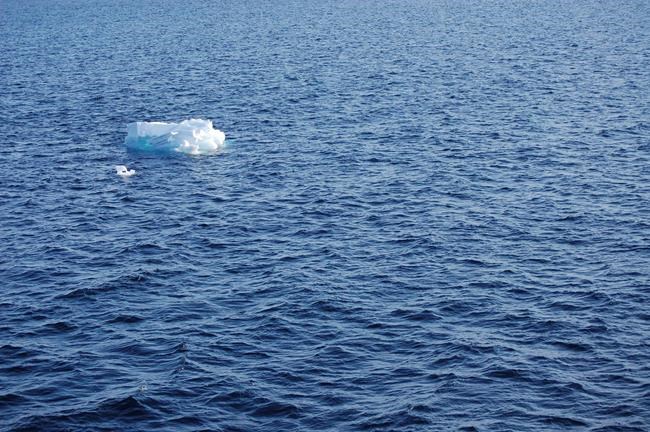
‘It might just be rather simple:’ Research math links sea ice, CO2 emissions
New research is cutting through the confusion on disappearing Arctic sea ice by replacing complex computer models with simple math that links everyday activities to the health of Earth’s climate regulator.
“It might just be rather simple,” said Julienne Stroeve, senior scientist at the National Snow and Ice Data Center in Colorado and professor at University College London.
Her paper, published Thursday in Science magazine, outlines an easy-to-understand relationship between increasing levels of carbon dioxide in the atmosphere and the slow vanishing of summer sea ice in the North.
For every new tonne of CO2 that enters the atmosphere, says the paper, the southern edge of the sea ice loses another three square metres. That’s it.
Or, in the words of the paper: “The 30-year running mean of monthly mean September Arctic sea-ice area is almost linearly related to cumulative anthropogenic CO2 emissions.”
The direct relationship between greenhouse gases and sea-ice retreat has been pointed out before. Stroeve and her co-author Dirk Notz, of Germany’s Max Planck Institute, have put hard numbers to it and explained how it works.
In a stable ice pack, the warming effect of infrared radiation generated by the sun is balanced by cold temperatures in the atmosphere. But increasing levels of carbon dioxide prevent those infrared rays from escaping into space.
As a result, the ice retreats northward where there’s less solar radiation.
“The ice is migrating to re-establish equilibrium,” said Stroeve.
Establishing that hard link between CO2 and sea ice has important consequences.
For years, climate modellers have attempted to pinpoint when summer sea ice is likely to disappear. Some scientists have estimated the end of this century; others have said it should already be gone.
Stroeve and Notz say the most likely date is sometime around mid-century — unless CO2 emissions slow significantly.
That date is important for any number of reasons.
A seasonally open Arctic would ease northern shipping and resource development. It would be catastrophic for plants and animals that live on sea ice, as well as for the people who depend on them.
It would also have unknown consequences for climate around the world. Sea ice is often referred to as the Earth’s air-conditioning unit and it has been linked to the behaviour of the jet stream, a high-altitude river of air that influences rainfall, drought and extreme instances of both.
Sea ice affects more than just polar bears, said Stroeve.
“We are all ice-dependent species.”
Stroeve’s work illuminates the impact of everyday living on the Arctic. She said she deliberately reported her results per tonne because that’s an easily relatable amount of CO2.
An individual’s share of a round-trip economy class fare between Edmonton and Toronto is almost exactly one tonne of CO2. A typical Canadian house heated by natural gas emits an average of one tonne of CO2 about every 13 or 14 weeks. Roughly the same amount is generated by a back-and-forth road trip from Saskatoon to Ottawa.
Each tonne that increases the atmosphere’s CO2 load costs the Arctic another three square metres of ice.
“We need to try and make our science more relevant to people and policy-makers,” said Stroeve. “I guess that’s one attempt to do so.”
— Follow Bob Weber on Twitter at @row1960
Join the Conversation!
Want to share your thoughts, add context, or connect with others in your community? Create a free account to comment on stories, ask questions, and join meaningful discussions on our new site.




















Leave a Reply
You must be logged in to post a comment.